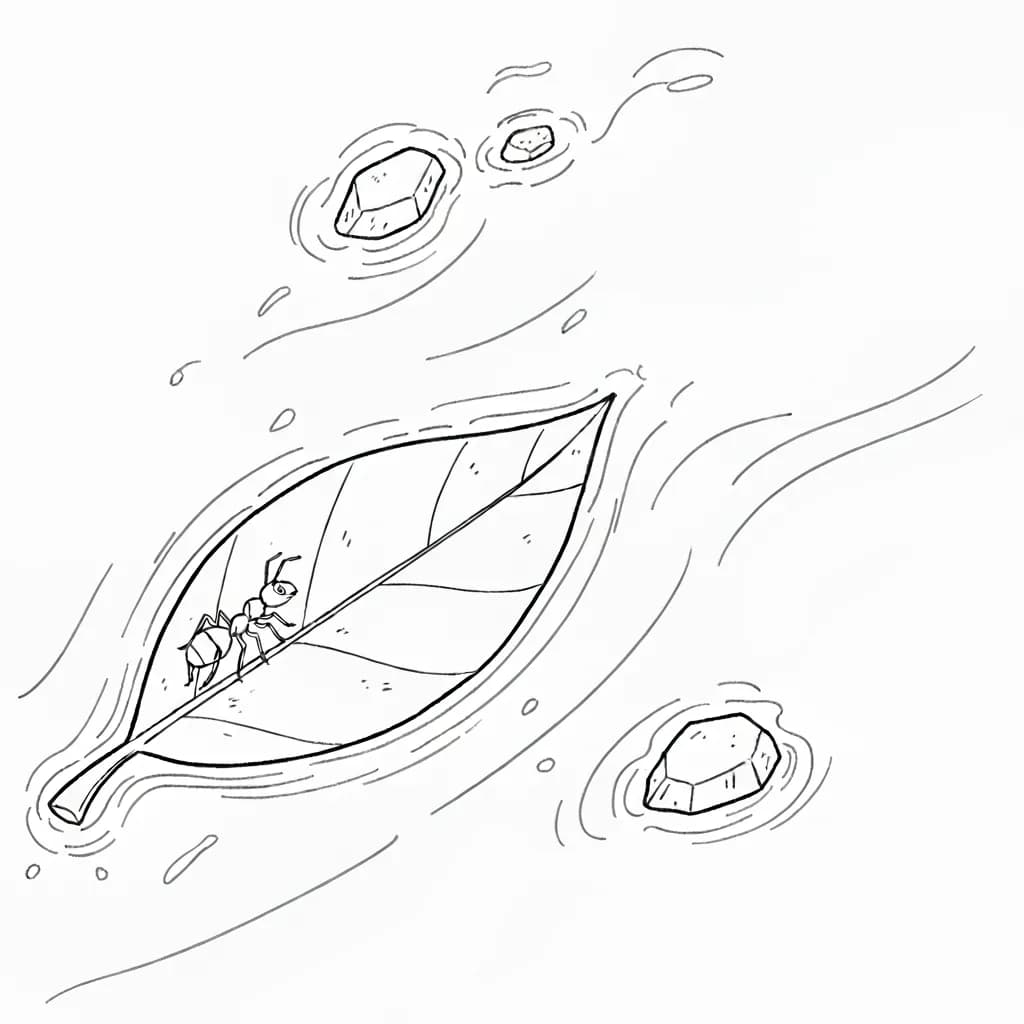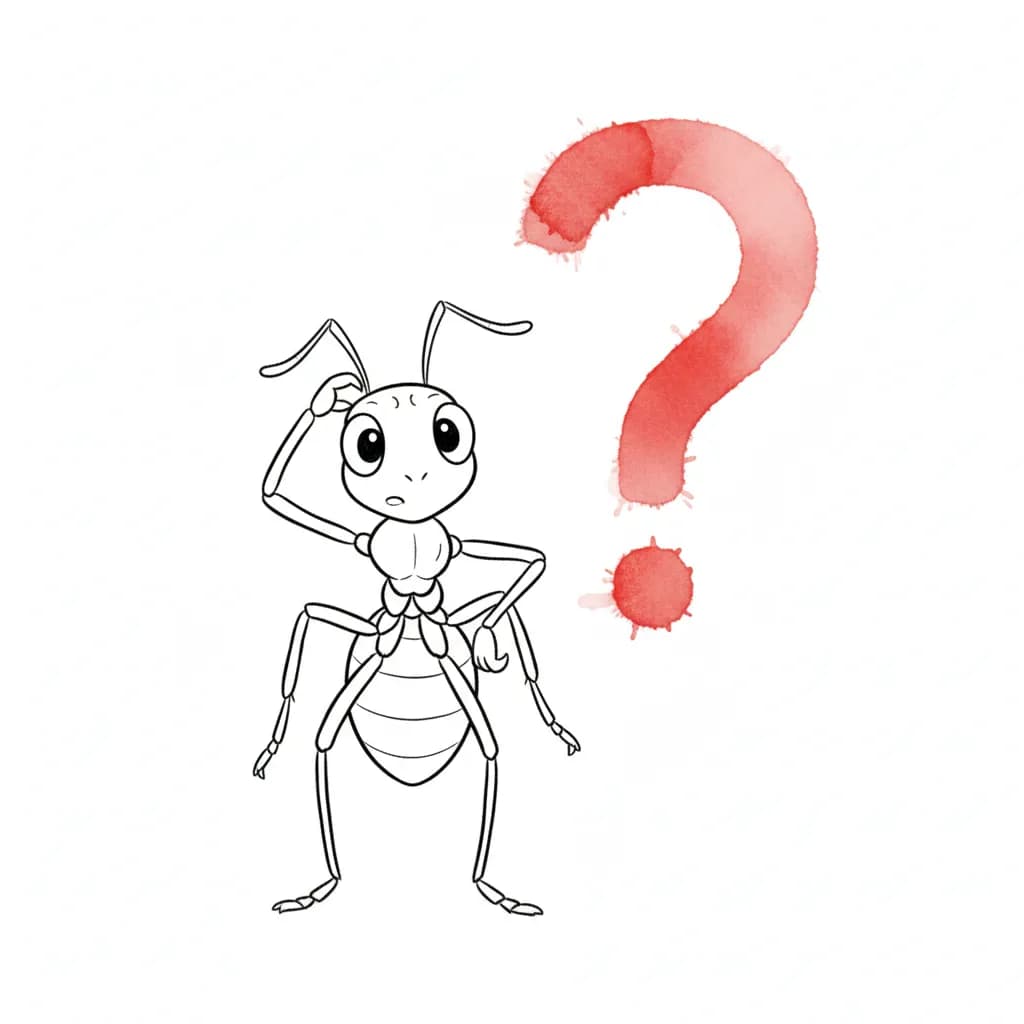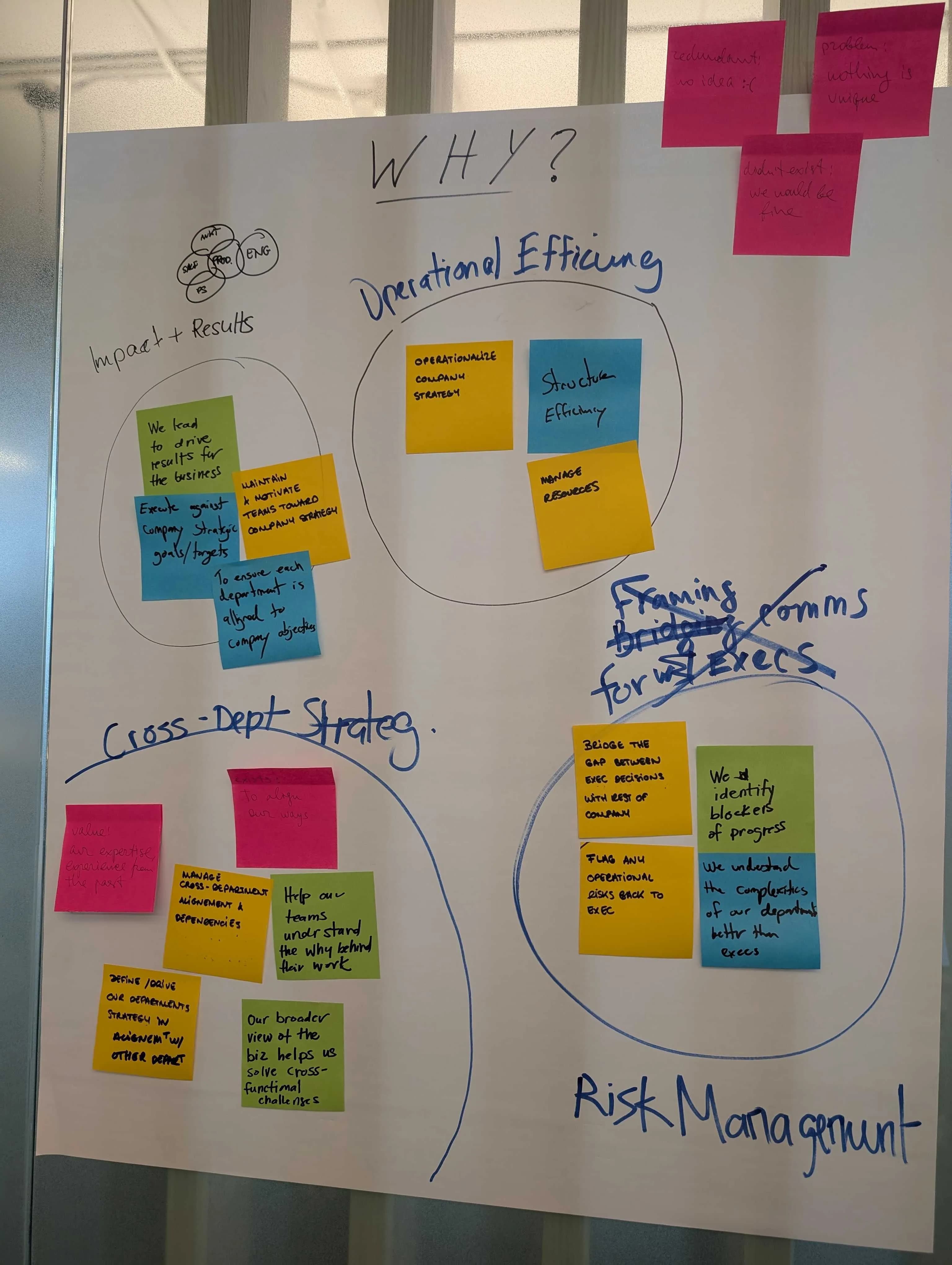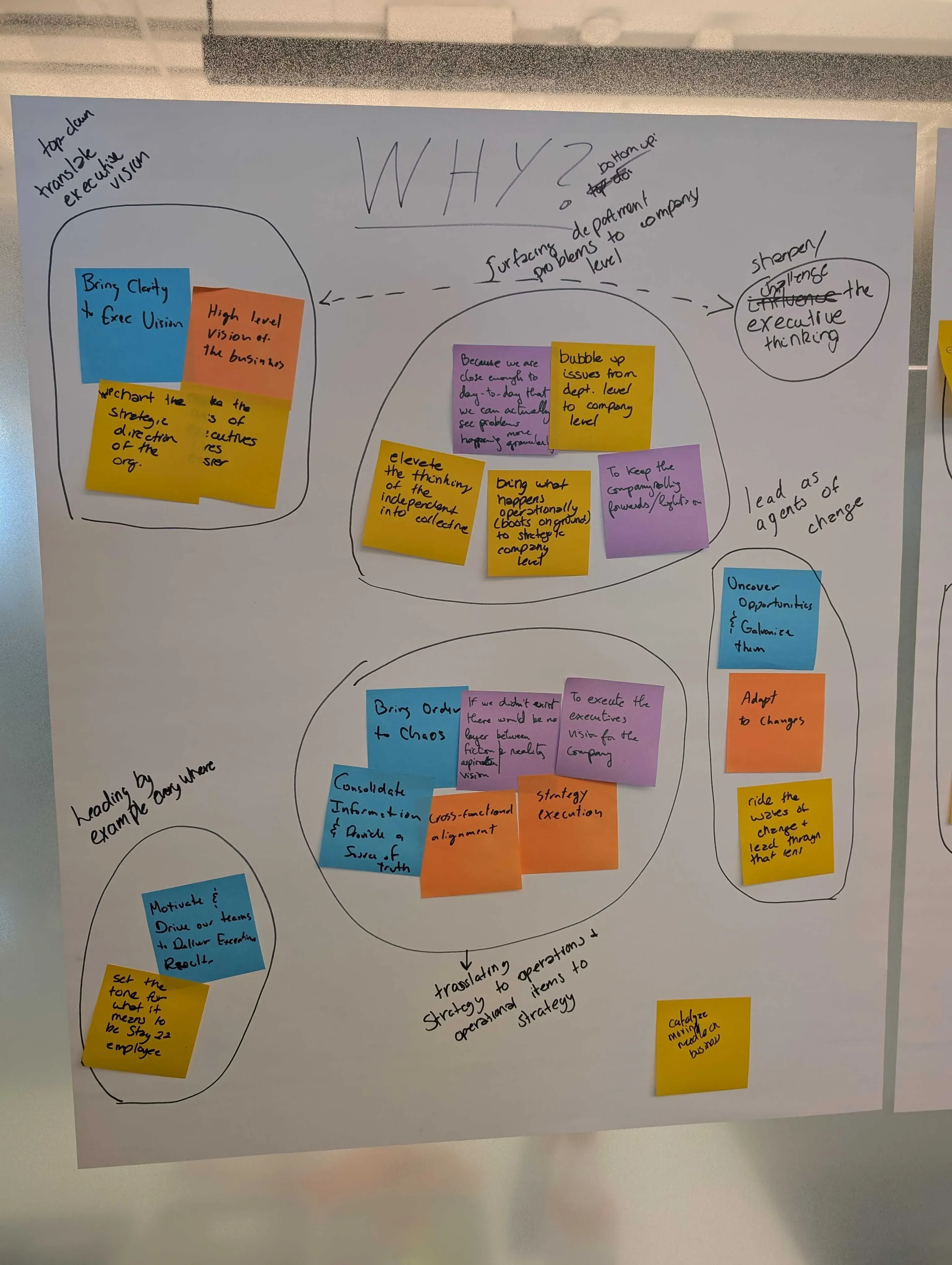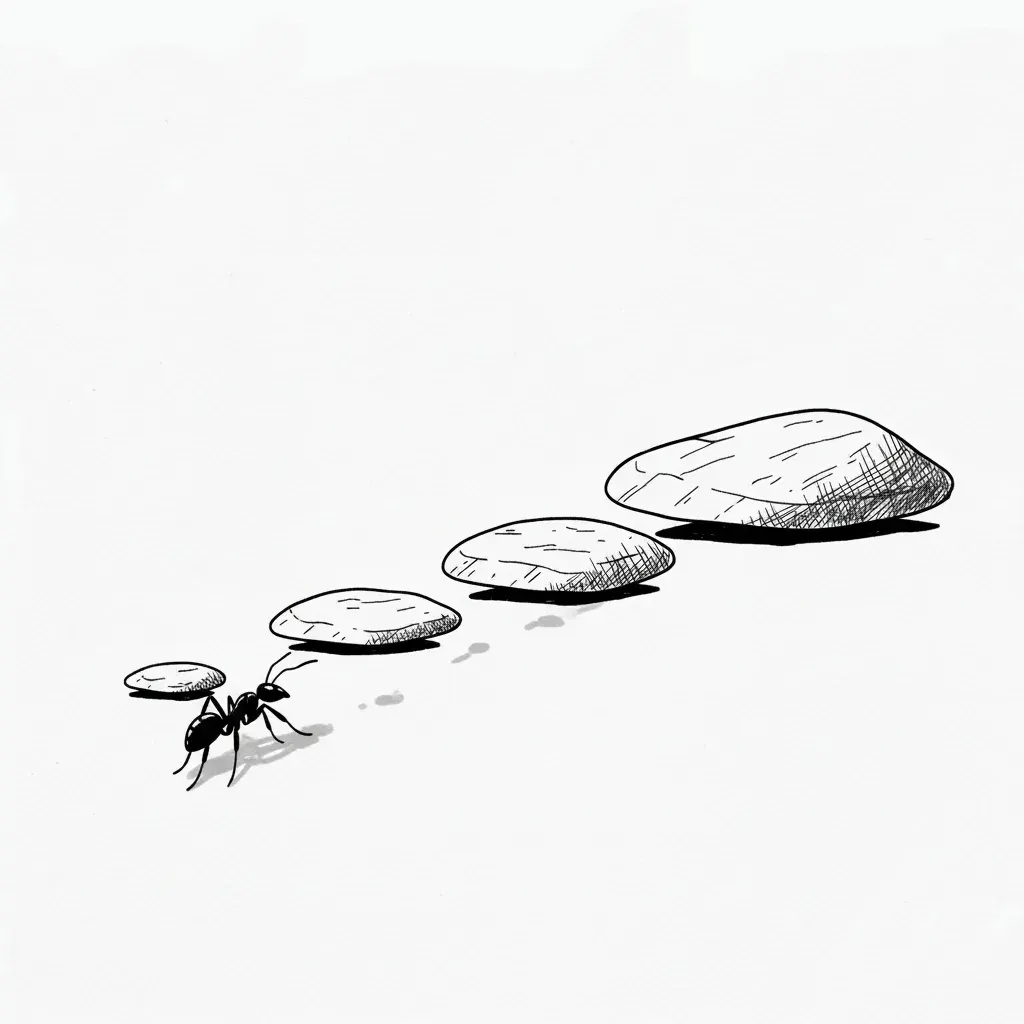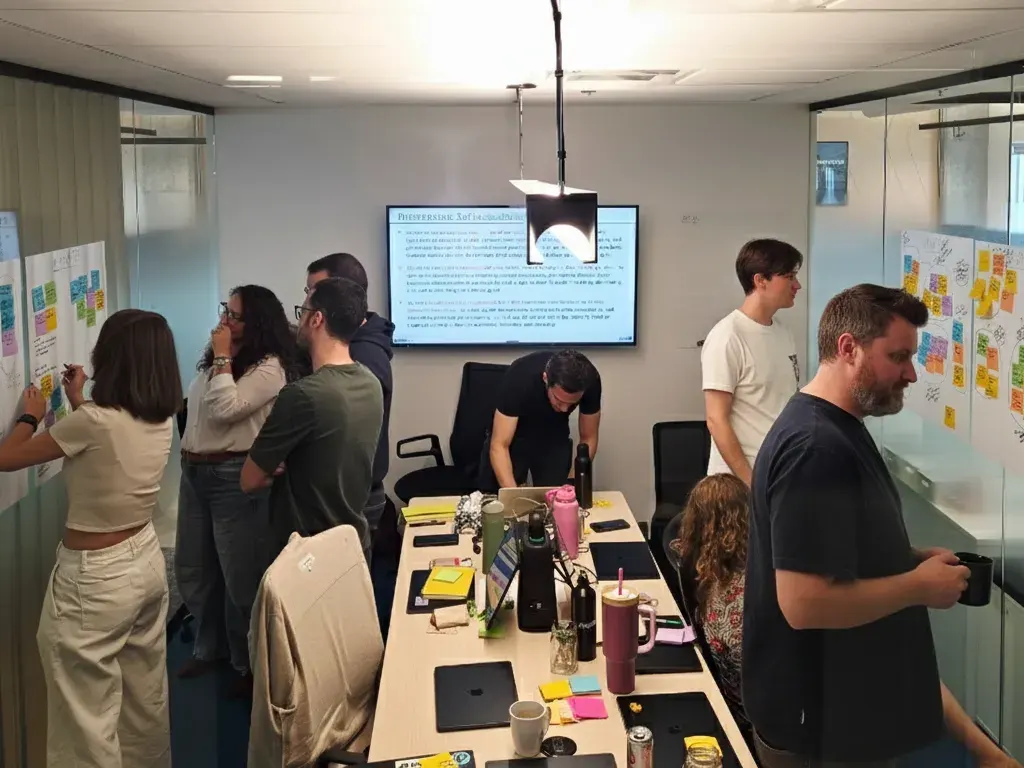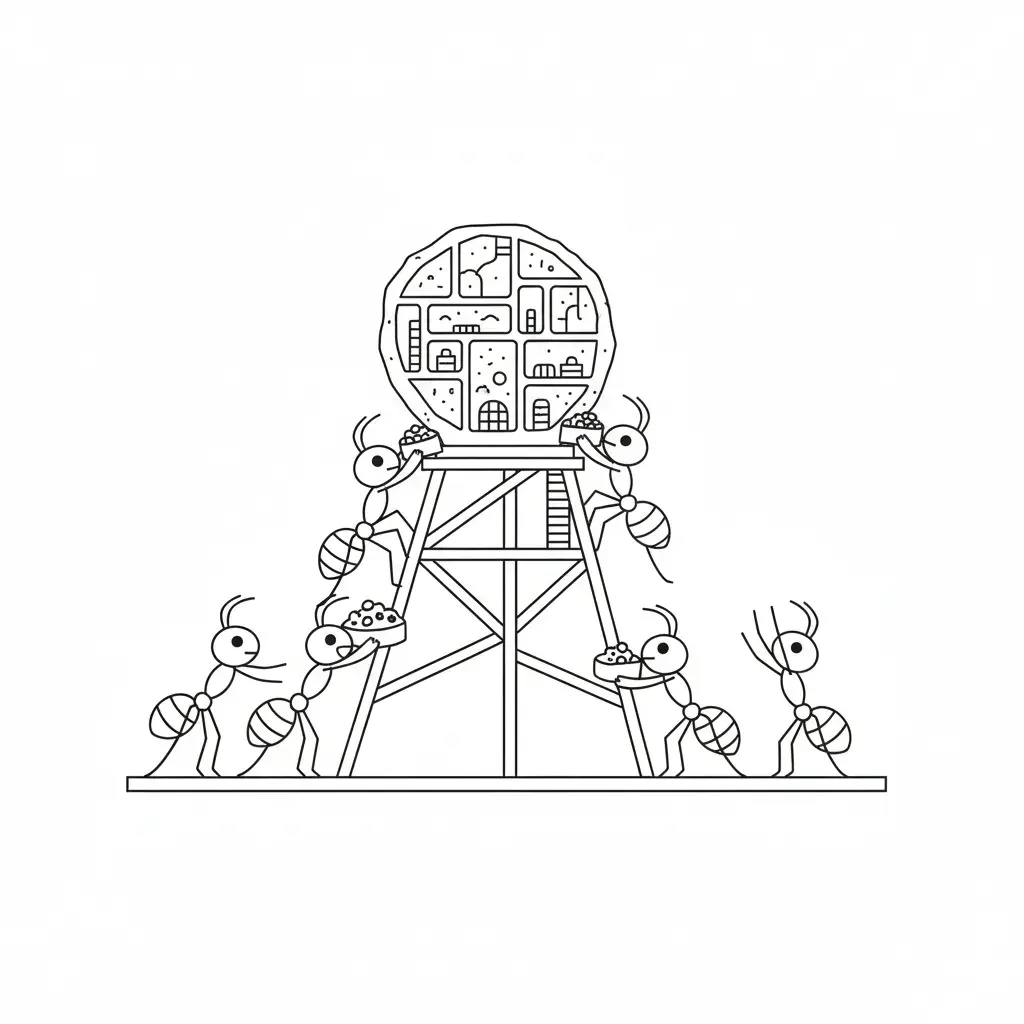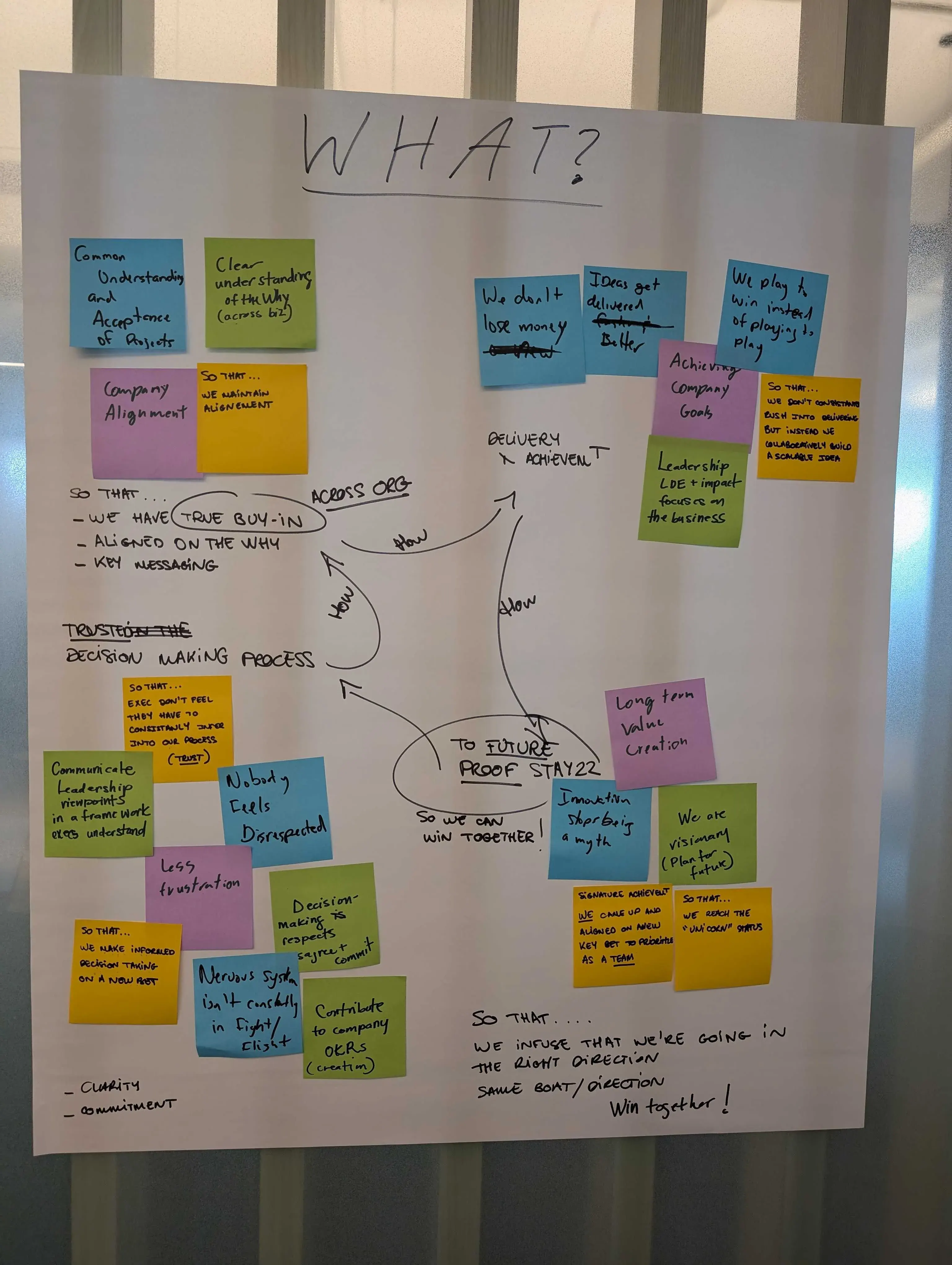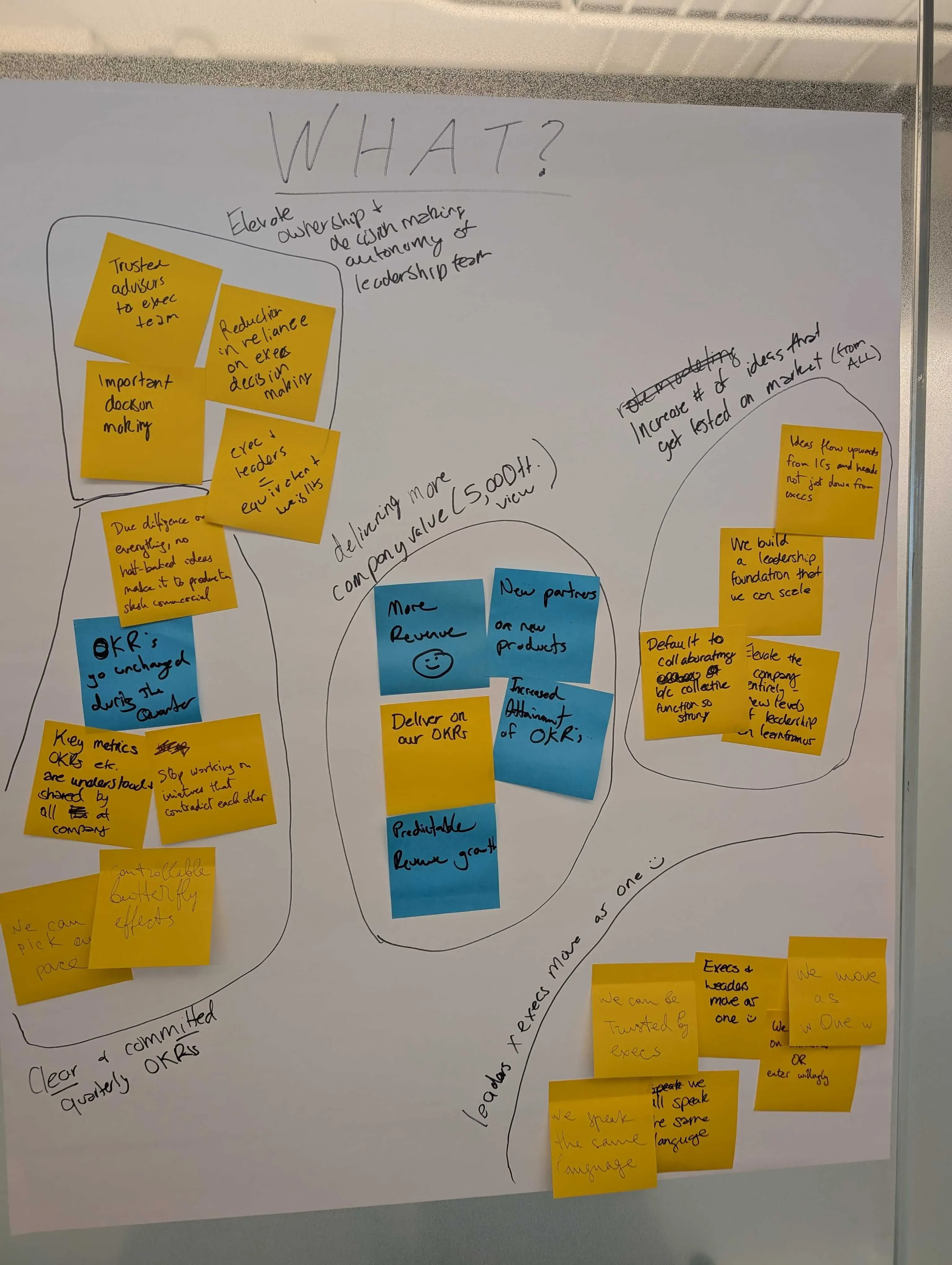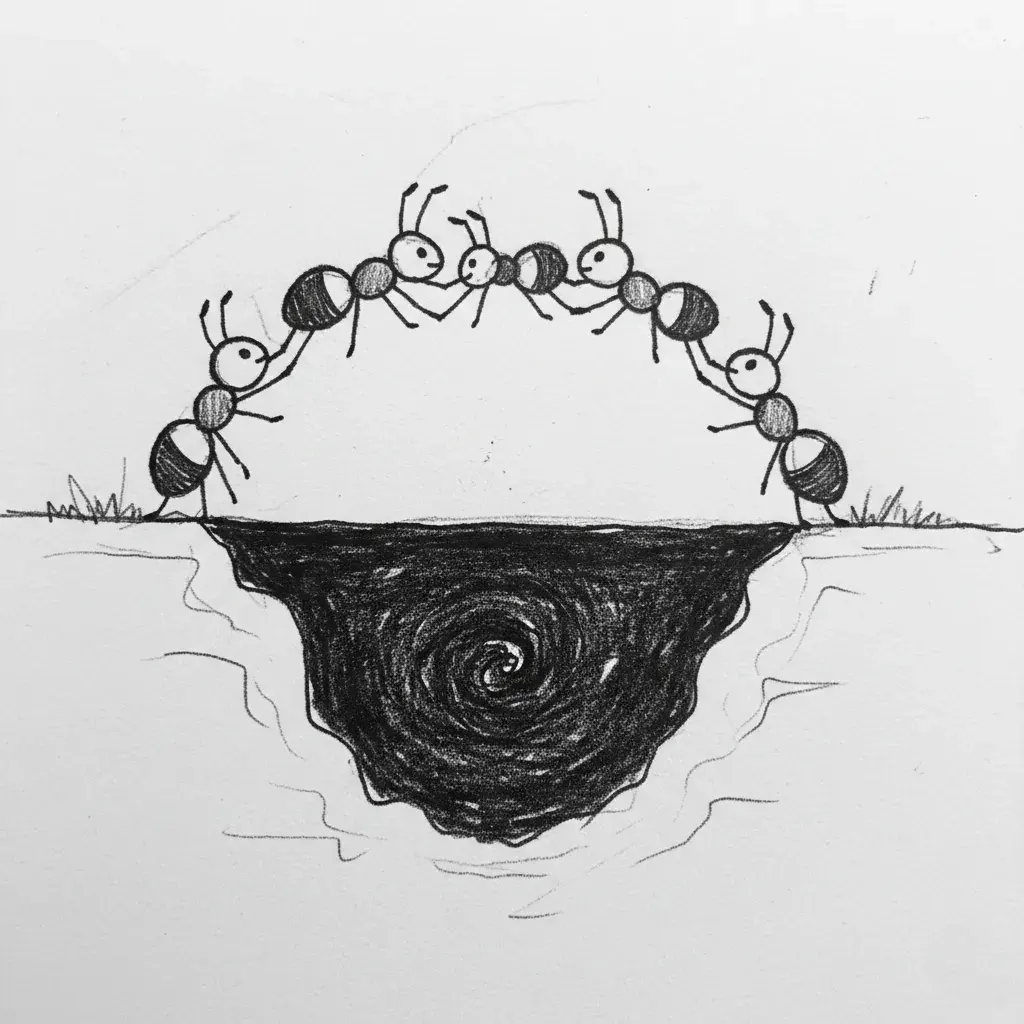As the Head of Engineering, my world revolves around logic, structure and tangible outcomes. My calendar is a zero-sum game and my tolerance for meetings that lack a clear, measurable purpose is low. So, when a full-day “Leadership Team Alignment Workshop” appeared on my schedule, I was skeptical.
I’ve seen these exercises before - they can often devolve into abstract conversations that generate more buzzwords than breakthroughs.
Yet, I also knew we were at a critical inflection point:
- We continue our rapid growth, the subtle frictions of misalignment were starting to feel less subtle
- Decisions that should have been straightforward were getting bogged down
- Cross-functional initiatives felt heavier than they should
- The way our leadership team operated was no longer sufficient for the complexity we now faced
We needed to evolve.
As Patrick Lencioni writes in “The Five Dysfunctions of a Team”:
If you could get all the people in an organization rowing in the same direction, you could dominate any industry, in any market, against any competition, at any time.
We weren’t just rowing in different directions - I think some of us were in different boats altogether.
What began to shift my skepticism was the preparation.
Our Chief of Staff, who organized the workshop with an external facilitator, sent out a pre-read document outlining a clear, logical framework, we would use to define our team’s purpose by articulating our Why, our How and our What.
It was an engineer’s approach to an organizational problem - deconstructing a complex challenge into its core components.
It was structured, it was methodical and it gave me hope that this wouldn’t just be a day of talking, but a day of building.
Table of contents
Open Table of contents
Finding Our True North: The “Why”
The first session of the day was dedicated to the most fundamental question: Why do we, as a leadership team, exist?
The process was deceptively simple. We started with five minutes of silent, individual reflection, jotting down our thoughts on post-it notes. Then, we broke into smaller groups to share, discuss and cluster these individual ideas into common themes.
As the groups posted their clusters on the wall, the raw data of our collective thinking began to form a coherent picture. It was a powerful moment.
Vague, individual frustrations were coalescing into clear, shared principles. Looking at the vibrant constellations of yellow, blue and orange notes on the “WHY?” posters, I saw the anatomy of our team’s purpose emerge.
Two dominant, and seemingly contradictory, roles became clear. The first was our function as a Bridge or Funnel. Post-it notes with phrases like “Bring Clarity to Exec Vision” and “Translate strategy to operations” spoke to our role in cascading information top-down.
At the same time, notes about “Surfacing problems from IC levels to Execs” and “Bubble up issues” highlighted our responsibility to channel critical information bottom-up. We were the central nervous system of the company, ensuring signals flowed freely in both directions.
But a second, more proactive theme also emerged: our role as a Catalyst and Challenger. We weren’t just here to relay messages - we were here to “sharpen/influence the executive thinking” and “lead as agents of change”.
We exist to “catalyze results” and “uncover opportunities”. This wasn’t a passive role. It was about actively engaging with, stress-testing and improving the company’s strategy.
As I looked at the wall, I realized our purpose wasn’t one-dimensional. We were being asked to be both a stable bridge and a provocative challenger.
It’s in navigating that very tension that our true value lies. The exercise was about uncovering the essential truth of our function, same as Ray Dalio puts it in Principles:
Truth - or, more precisely, an accurate understanding of reality - is the essential foundation for any good outcome.
Engineering Our Approach: The “How”
If the “Why” session was about discovering our purpose, the “How” session was about designing the engine to achieve it. This is where, for me, the workshop truly came alive.
How would we actually work together to fulfill the ambitious “Why” we had just defined?
While building a process, we realized we needed a solid foundation. We had to define the principles that would govern our interactions.
This became our “Shared Leadership Principles”, a set of ground rules for how we show up.
The most critical of these, as one of our post-it notes bluntly put it, was “Not being ICs”. This meant consciously dropping our departmental hats at the door and adopting a company-level perspective. This principle is the bedrock - without it, any process we built would crumble under the weight of siloed thinking.
With that foundation established, we designed a framework - a repeatable, scalable protocol for how we tackle any topic, challenge or idea that comes before us.
We didn’t want a list of vague values - we wanted a process. You can see it taking shape on the post-it notes in the photos.
Here’s how it works:
Step 1: Signal & Spark
This is the entry point. Anyone bringing an issue to the team must “Come with call to action”.
It means you don’t just show up with a problem - you show up with a perspective, having done the pre-work.
It establishes ownership from the start.
Step 2: Dive & Explore
Once a topic is on the table, we commit to understanding its full context.
We “Explore implications of what you’re bringing forward” and assess the “LOE to Outcome”.
This is the due diligence phase, ensuring we understand the second and third order consequences of any potential decision.
Step 3: Push & Challenge
This is where we elevate the conversation. We have an explicit mandate to “elevate the thinking of the room” to “challenge/push each other” and to “kill assumptions”.
It’s about a collective pursuit of the best possible answer.
It’s about having the psychological safety to ask the tough questions.
Step 4: Commit
After rigorous debate, we align. We “operate as a hive - one team - mindset”.
This is our version of the “disagree and commit” principle.
It ensures that once a decision is made, we leave the room as a united front, fully bought-in.
As Patrick Lencioni notes:
Great teams make clear and timely decisions and move forward with complete buy-in from every member of the team, even those who voted against the decision.
This entire framework is built upon those Shared Leadership Principles. In that room, we are not the Head of Engineering or the Head of Marketing - we are leaders of Stay22, responsible for the health of the entire organization.
This system is designed to build trust and make conflict productive.
It structures debate to be about ideas, not egos, creating a culture where, as Ray Dalio advises:
it is okay to make mistakes but unacceptable not to identify, analyze and learn from them.
Defining the Destination: The “What”
With our purpose defined and our operational engine designed, the final piece of the puzzle was to articulate the destination.
- What is the tangible impact of our work?
- What are the concrete outcomes we are committing to deliver?
The “What” session grounded our abstract purpose in business reality.
Looking at the clusters of post-it notes from this session, you can see our ambition translated into measurable results. We grouped our desired outcomes into several key areas.
First was Organizational Health. We are responsible for creating “True buy-in” and “Company Alignment” so that “Leaders & execs act as one”. This means moving beyond departmental silos to foster a unified culture where everyone understands the mission and their role in it. The goal is to build a system where there is less frustration and nobody feels disrespected.
Second was Decision Velocity and Quality. We committed to driving “Better decision-making” through “Clarity” and “Commitment”. This manifests in tangible outputs like “Clear & committed quarterly OKRs” that don’t get changed mid-flight, ensuring our teams can execute with focus and confidence.
Finally, and most critically, was Business Impact. Our work has to translate into value. We defined this as “Delivering more company value”, driving “Predictable revenue growth” and increasing the “number of ideas that get tested on market”. We all agreed, it’s all about building “a launchpad of foundations that we can scale”.
All these outcomes ladder up to one overarching goal: to “Future proof Stay22” through “Long term Value Creation”.
As I stood back and looked at the wall, I saw that our role was to manage the inherent tension between stability and innovation.
We have to deliver on our OKRs today while simultaneously building the new products and partnerships that will define our tomorrow.
We are the stewards of that strategic balance. It’s a profound responsibility, and one that puts the mission first. In the words of Jocko Willink:
…it’s not about you… it’s about the mission and how best to accomplish it
Distilling Chaos into Clarity
The final challenge of the day was perhaps the most difficult: to synthesize a room full of ideas, debates and hundreds of post-it notes into a single, elegant purpose statement.
This is the ultimate engineering problem - compressing immense complexity into a simple, powerful abstraction.
We broke into pairs to take a first pass. My group drafted a statement that reflected our direct, action-oriented perspective: “We exist to drive results and accelerate performance by operating as one team that challenges assumptions and provides clear accountability, so that we improve decision-making, achieve our goals and future-proof the business”.
Other pairs came back with different angles. Some focused on the “glue” or “bridge” metaphor that had been so powerful in the “Why” session.
Others emphasized our role in complementing the executive vision and validating new ideas.
The magic happened when we brought these drafts together. We began a collective editing session, pulling the strongest elements from each. The “bridge” metaphor was powerful but felt too passive. The idea of “complementing the Executive vision” was crucial - it positioned us as partners, not rivals, a strategically vital nuance for ensuring buy-in from the top.
We debated words, refined phrases, and slowly, a unified statement began to emerge.
After much discussion, we landed on our “final”, synthesized purpose statement:
We exist to lead by example and challenge the vision by surfacing and validating bold ideas into clear, outcome-driven execution, so Stay22 runs on trusted decisions that deliver results and future-proof the company.
This statement is our charter. It captures the duality of our “Why” (complement and accelerate), the core of our “How” (sharpen perspectives, challenge assumptions, act as one team), and the ultimate impact of our “What” (alignment, clarity, trust, and confidence).
It’s the concise articulation of our shared commitment, the ultimate expression of the “why” that is so critical for connecting people to their work.
The First Step, Not the Last
I walked into that workshop a skeptic. I walked out convinced. The difference was a well-designed, well-facilitated process that respected our time and intelligence and channeled our collective energy toward a concrete outcome.
It proved that alignment isn’t a soft skill - it’s a strategic imperative that can be engineered.
But we all recognized that the workshop wasn’t the destination - it was the starting line.
The purpose statement is not a trophy to be hung on the wall (it is not even final version) - it’s a blueprint we now have to build from.
Our agreed-upon next steps are clear:
- refine the statement based on final feedback,
- prepare a formal proposal to the Executive team,
- and begin the detailed work of defining our specific roles, responsibilities and working norms.
The real test begins now.
Can we live up to the high standards we’ve set for ourselves?
Can we consistently operate as one team, challenge each other constructively, and hold ourselves accountable for the outcomes we’ve defined?
I believe we can. We have a shared language and a clear framework. We have alignment.
The path forward won’t be perfect. We will have to iterate and improve. But that’s a process I understand and embrace. As Philip E. Tetlock writes in Superforecasting, the path to getting better is simple:
Try, fail, analyze, adjust, try again
Our new purpose statement is our first, the best hypothesis for how this leadership team can help Stay22 win.
Now, it’s time to get to work and test it!
